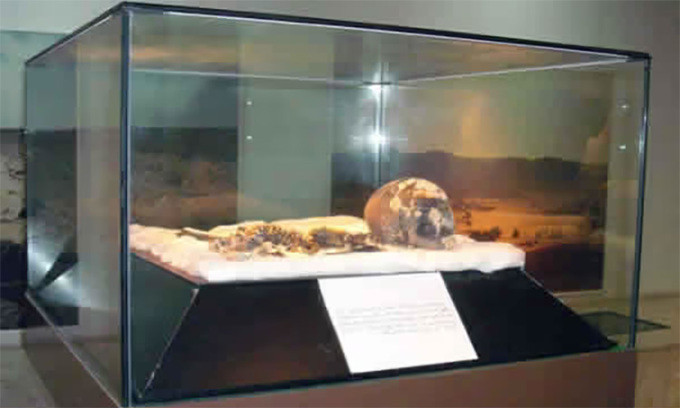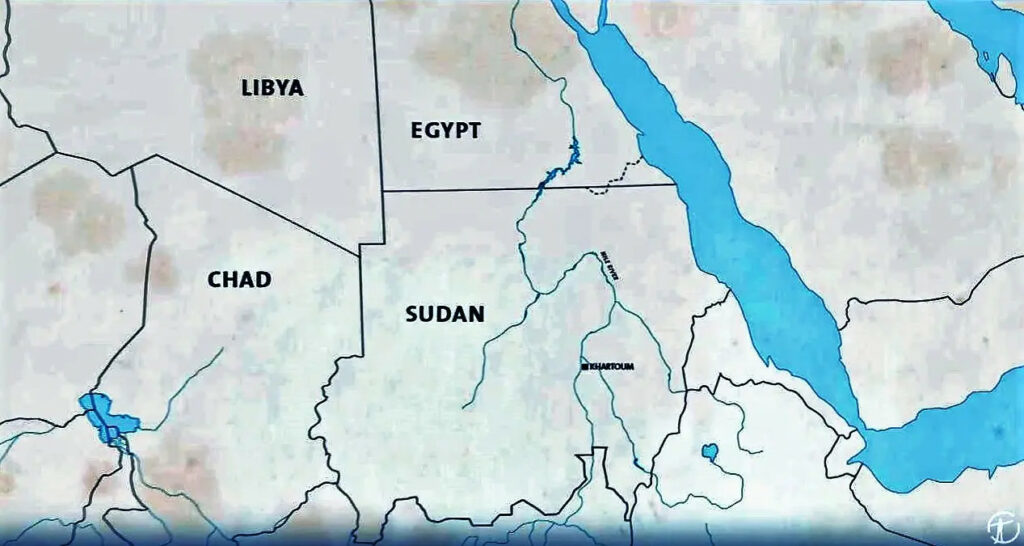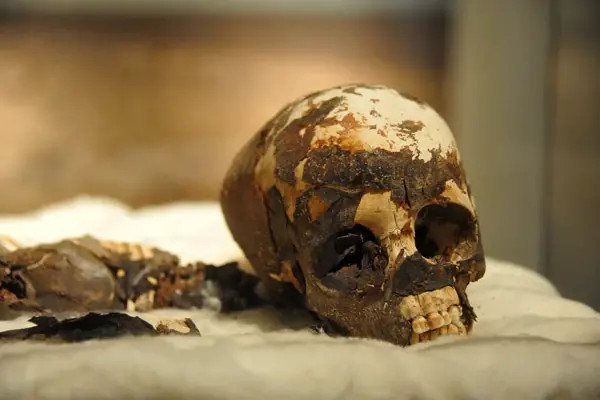Revealing a 5,600-Year-Old Mystery in the Sahara
Nestled within the desert mountains of southwestern Libya lies a discovery that transforms our understanding of mummification in Africa. Although Egypt is widely celebrated for its ancient mummies, an extraordinary find in Libya predates them by more than a millennium.

The Tashwinat Discovery
In the winter of 1958, archaeologist Fabrizio Mori stumbled upon an incredible find at Uan Muhuggiag, a location once occupied by cattle herders. Beneath the gentle sand covering a natural cave shelter, Mori uncovered a bundle that would reshape our insights into ancient African burial customs.

Insights into Ancient Mummification Methods
Within this bundle were the mummified remains of a 3-year-old child, now referred to as Tashwinat. This small mummy, wrapped in animal skin and leaves, had undergone an advanced mummification procedure. The child’s internal organs were extracted after death and replaced with herbs, likely for preservation.

Life in a Verdant Sahara
During Tashwinat’s lifetime, approximately 5,400 to 5,600 years ago, the Sahara was a vibrant, green environment. Rock art illustrating various wildlife and ancient fishing implements discovered in the area depict a flourishing ecosystem that contrasts sharply with the barren desert we see today.

Transforming Mummification Narratives
The finding of Tashwinat calls into question our earlier beliefs regarding the origins of mummification in Africa. Existing over a thousand years before Egyptian mummies, this discovery indicates a far richer and more intricate history of mummification practices across the continent.

While the link between these early Libyan techniques and subsequent Egyptian methods remains uncertain, Tashwinat serves as a testament to the creativity and cultural depth of ancient African societies, urging us to reevaluate our perceptions of early human history in the region.

